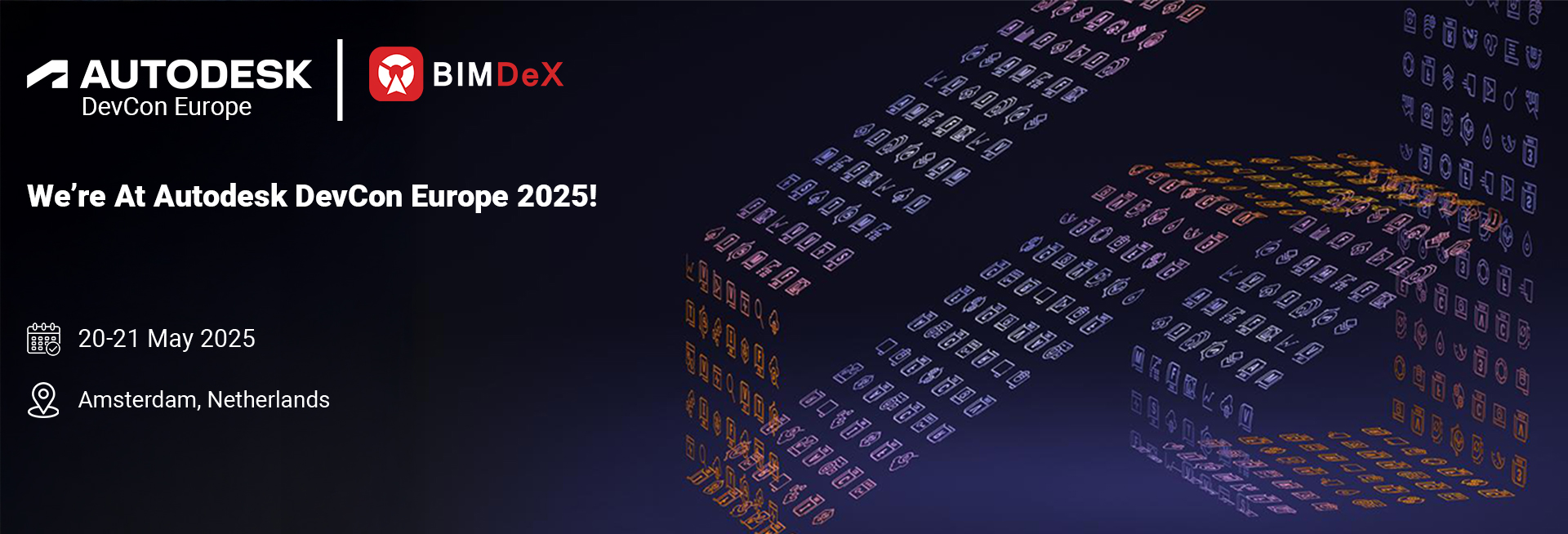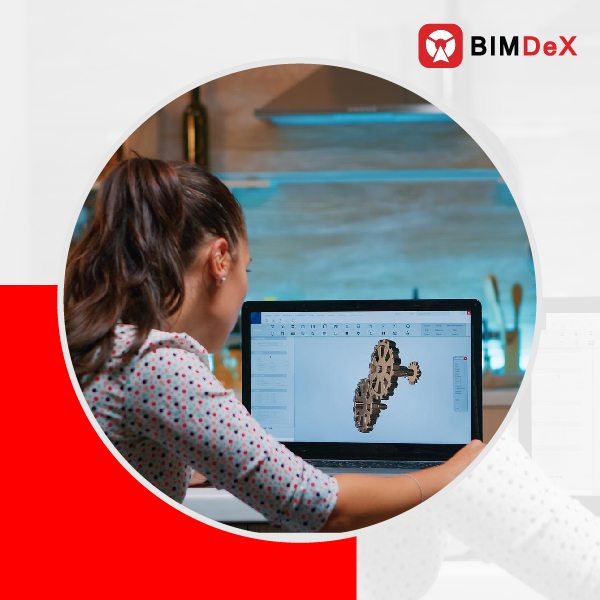The current trends in the engineering and manufacturing industries are impeccable, providing ways for ideal innovations. Building better collaboration between the teams is inevitable and the innovations that are on the floor can contribute to the required collaboration. That said, CAD design data exchange can render more to foster better collaboration to the construction projects. However, exchanging the created CAD designs requires more accuracy and are often uncertain when not initiated in a better way. In this blog, we take you through CAD data exchange, its importance, methods, challenges and more.
What is CAD?
CAD is the abbreviation of Computer Aided Design, and it refers to the use of computer software solutions to create design for the project. Not just creating, with CAD software the users can edit, analyze and optimize designs as well. CAD software is mostly used by engineers, designers, architects and manufacturers for diverse projects. CAD software ensures to provide accurate designs and technical illustrations.
What is CAD Data Exchange?
CAD data exchange is the process of translating or converting the designs from one software to another with all the intricate information. Each CAD software will have its own format wherein through CAD data exchange the format barriers can be excluded and therefore the designs can be exchanged without any deviations. The interoperable nature of the mechanism ensures that the exchanged designs are used by the teams for the construction project.
Importance of CAD Data Exchange
A construction project has the involvement of multiple teams, and we cannot assure that every team will use the same CAD software for their design purposes as the requirement and niche differs. In this case when the designs are roped in for a project it requires all the designs to be collaborative and presented as a single structure for the project development. There comes the need to exchange the created designs with ideal interoperability.
CAD data exchange has the importance of providing the opportunity for the designers and other professionals to collaboratively work on the designs and get access to designs that are created from other software without affecting the metadata and other properties.
Common CAD Files Formats
Speaking about the CAD data exchange, it becomes important to know the diversity in the formats that the computer-Aided Design holds for it. There are originally two prominent file format sections for CAD and that are Native and Neutral CAD file formats. The names themselves express the niche behind, let’s dive more into it.
1️⃣ Native CAD File Formats
As the name means, this type of file format is solely proprietary file formats created for specific CAD software and can be used only through it. This native file formats comprise comprehensive design data, metadata, layers and other intricate design information. These native file formats give the users the ability to edit, modify and customize the designs within the specific software. Native file formats are not subject to be converted to other software as they do not support them. They are typical formats that stay unique to the original software.
Example:
SolidWorks – .sldprt & .sldasm
AutoCAD – .dwg & .dxf
Inventor – .ipt & .iam
2️⃣ Neutral File Formats
Neutral file formats in contrast are the open and interoperable formats that can be used by users from different CAD software origins and makes space for them to collaborate on the extensive designs. Neutral file format designs can be exchanged with vital software wherein the geometrical information goes on from one software to another. This neutral file format has some limitations of not preserving the design intent and slight deviations in geometrical information at certain instances.
Example:
STEP – .stp & .step
Methods of CAD Data Exchange
Since collaboration can be enhanced with CAD data exchange, finding the best ways for exchanging designs becomes prominent. Here are certain important methods of CAD data exchange that are categorized based on different purposes like compatibility, accuracy and use cases.
✅ Direct Import/Export
Direct export and import method involve the process of converting the model directly without changing them to the neutral format first.
Direct export allows the users of certain CAD software to first save the design through ‘save as’ option and later export them to the respective software. This process eventually saves more time and effort spent on using the third-party tools for model conversion.
In the other hand, the direct import option allows the users of the specific CAD software to open the exported model in the native software without converting it to the neutral format first as in Direct export method. This direct import method boosts interoperability and efficiency.
✅ Neutral File Conversion
Neutral file conversion is the method that involves the usage of neutral file formats for model conversion. These formats prevail universally and do not belong as a proprietary format for any software. Using this file format, any user of any software can convert their files, wherein it has a limitation of missing out ideal metadata and geometry at some instances. This method boosts interoperability to a certain extent.
✅ API – Based CAD Data Exchange
Another significant way of CAD data exchange is API-based data exchange. Certain CAD software offers the conversion APIs for the other software with which the users can exchange the designs through program. API-based CAD data exchange enables the users to customize the interface of data exchange with custom workflows and automation. Compatibility becomes uncertain due to the availability of APIs for specific CAD applications.
✅ Cloud-Based Solutions
A well-established and effective method of model conversion is cloud-based solutions. Cloud solutions offer a centralized space for the CAD designers and users to share and collaborate on CAD designs without any hindrances. Cloud solutions offer the users the ability to have control over the revisions and file sharing.
Challenges in CAD Data Exchange
Acquiring ideal CAD data exchange can sometime be challenging without efficient solutions and methods. Here are some notable challenges in CAD data exchange.
- When the designs are not exchanged through effective solutions, there are chances of data loss and corruption which can eventually lead in costly changes and reworks in the projects.
- Compatibility is the main challenge in CAD data exchange, and it is not promised with every software. Since there are various CAD software-based designs that need to be exchanged, it creates notable compatible issues with file formats that affect the whole model that is converted.
- One major challenge is converting the CAD design data with all the integral data and parametric information. This is essential for a project to consume legit data and when there is a deviation with taking up this information then it will lead to vital aspects that can affect the whole project.
How to Acquire Smooth CAD Data Exchange
Having known that CAD data exchange can be the best source for collaborative workflow and can lead to effective results in a project, finding best ways for that becomes inevitable. That said, here we can acknowledge the aspects and means to embrace smooth CAD data exchange.
- Interoperability is the first benchmark to look up for when it comes to choosing the best way for CAD data exchange. The compatible file formats and the intuitive interface play a pivotal role in providing interoperable model conversion. The ability to transfer the designs with all the information and get access to edit them post conversion can be easily mentioned as the ideal need for smooth data exchange.
- Using effective tools that promote credible model conversion from one CAD software to another is more preferable for smooth data conversion. Tools like BIMDeX are prevalent with utmost eminence, carrying the models as a proprietary BXF file format with all the inclusive information without any data and geometry loss. Using such solutions can save ample time and effort and assists in consecutive model conversion effortlessly.
Conclusion
Technical innovations and digital upgrades are creating new ways for the construction project to detect betterment in each aspect. While designing and modelling are the prominent and first phases of the project, utilizing the innovations in that place becomes more proactive. That said, in this blog we have covered the importance of CAD data exchange, its aspects, ways to do that and many more which directly reflects in effective collaboration. We hope that this guide to CAD data exchange sets a vision in your minds on how to approach a legit design exchange and using a credible solution for the process.
































